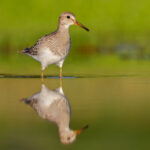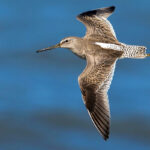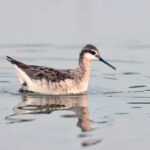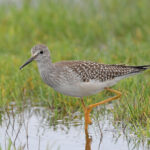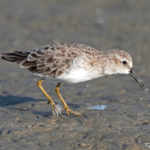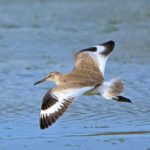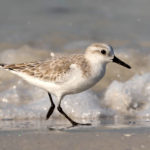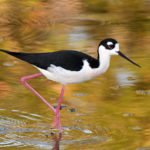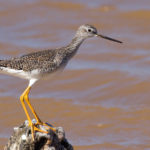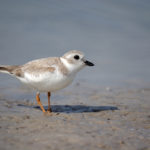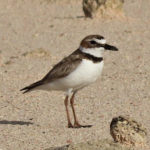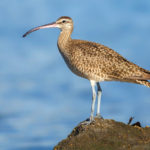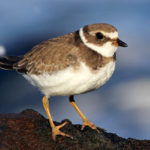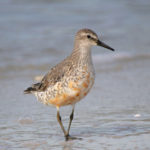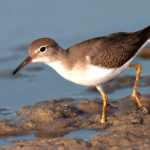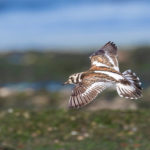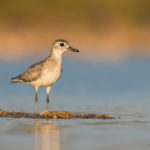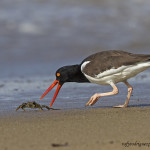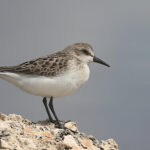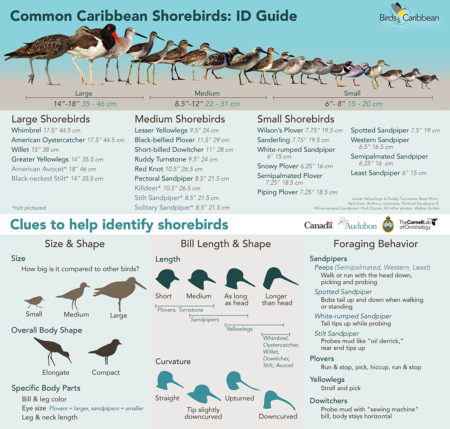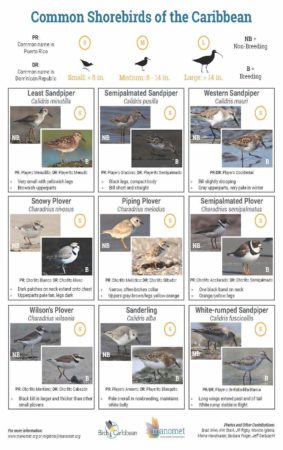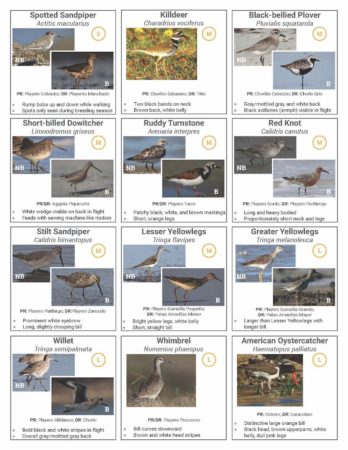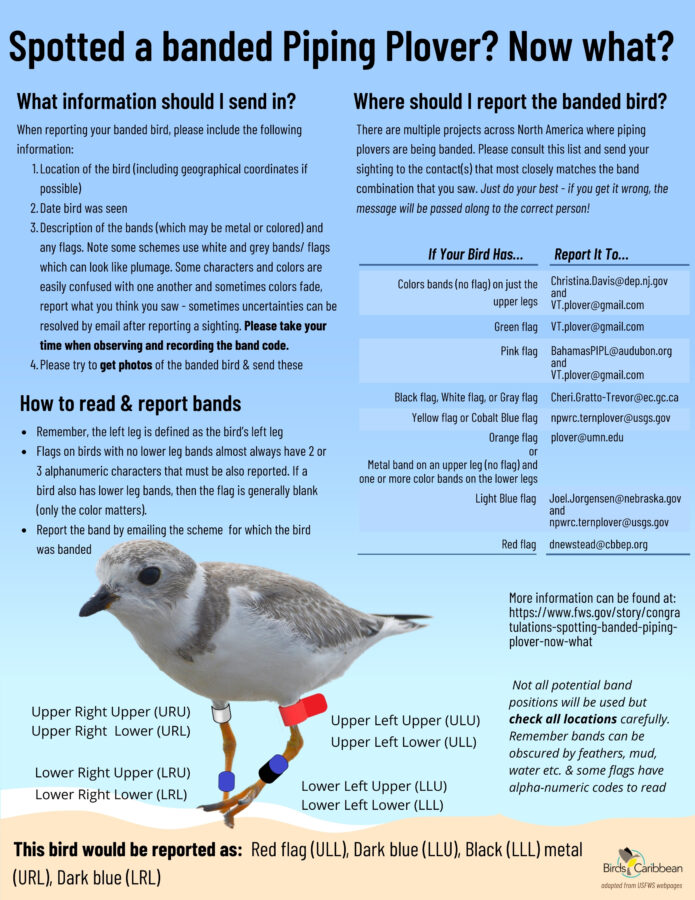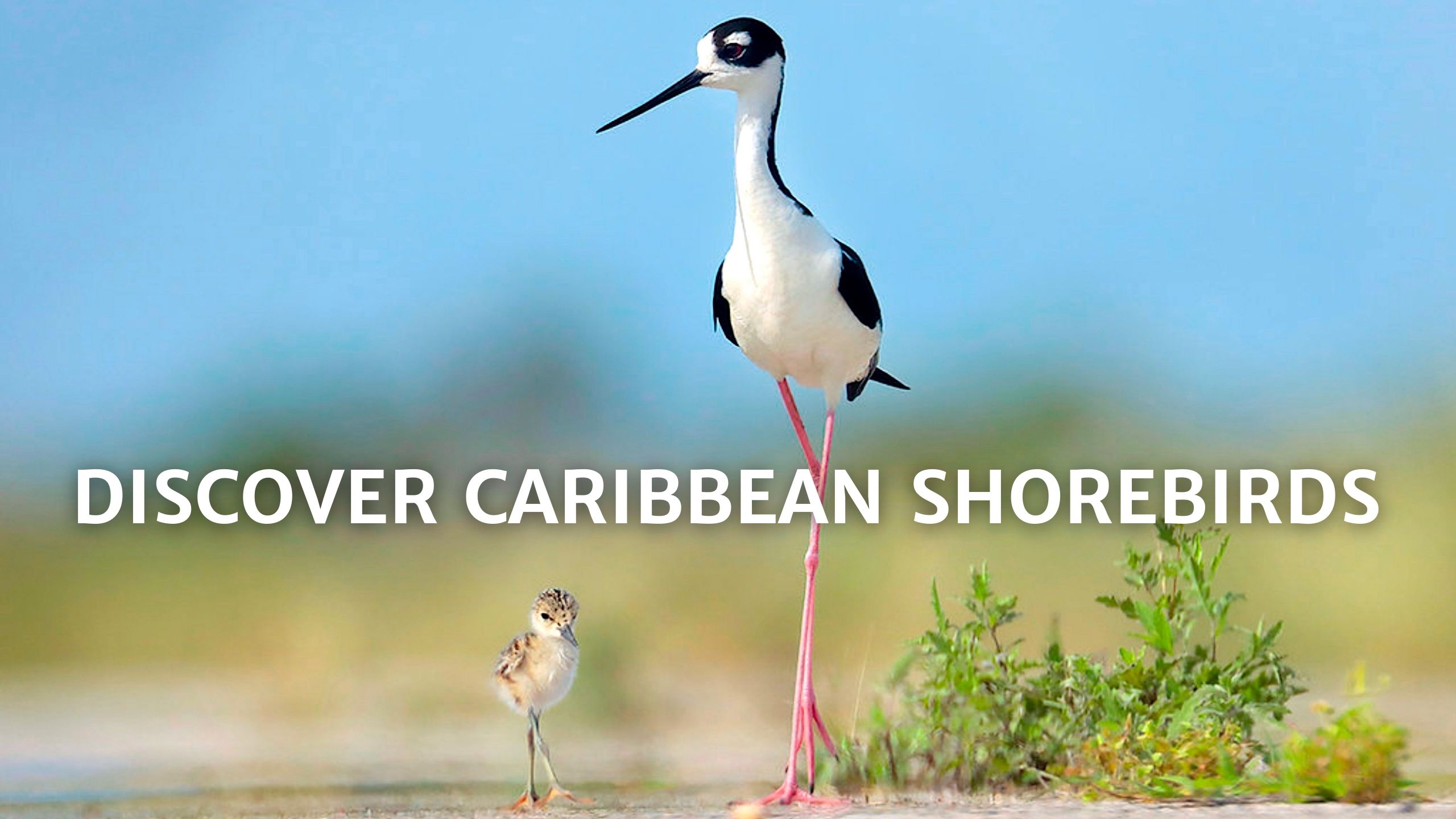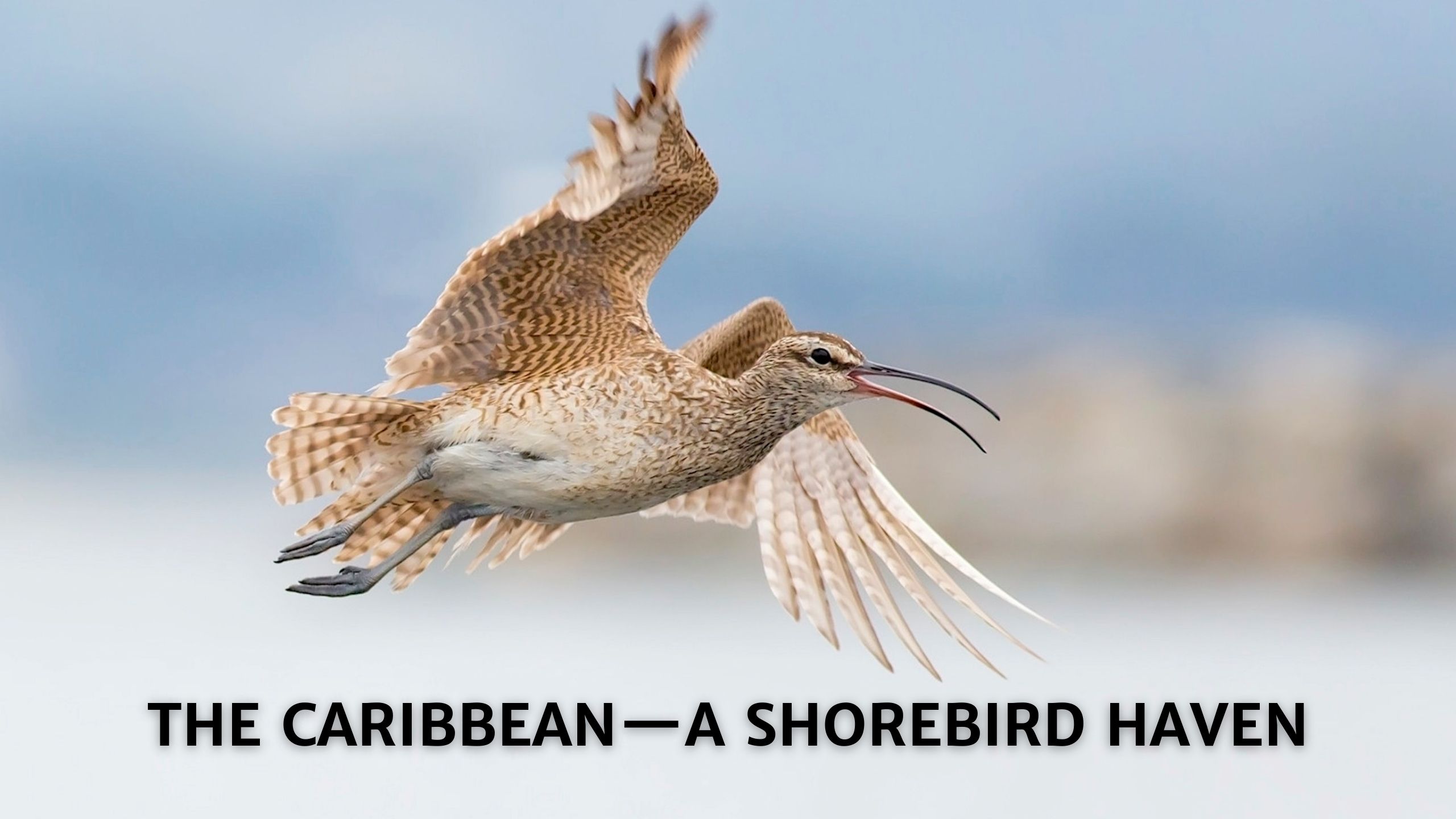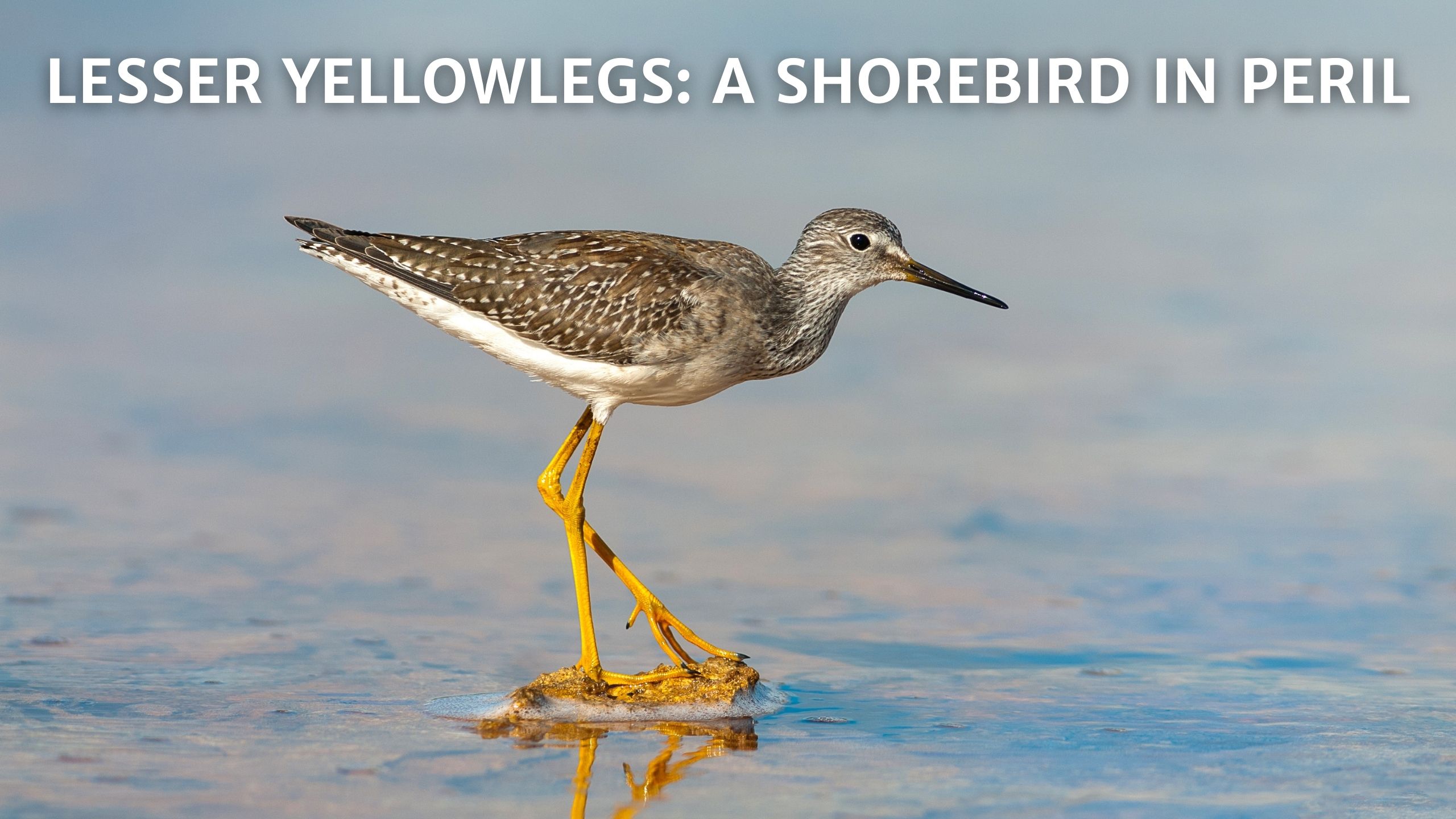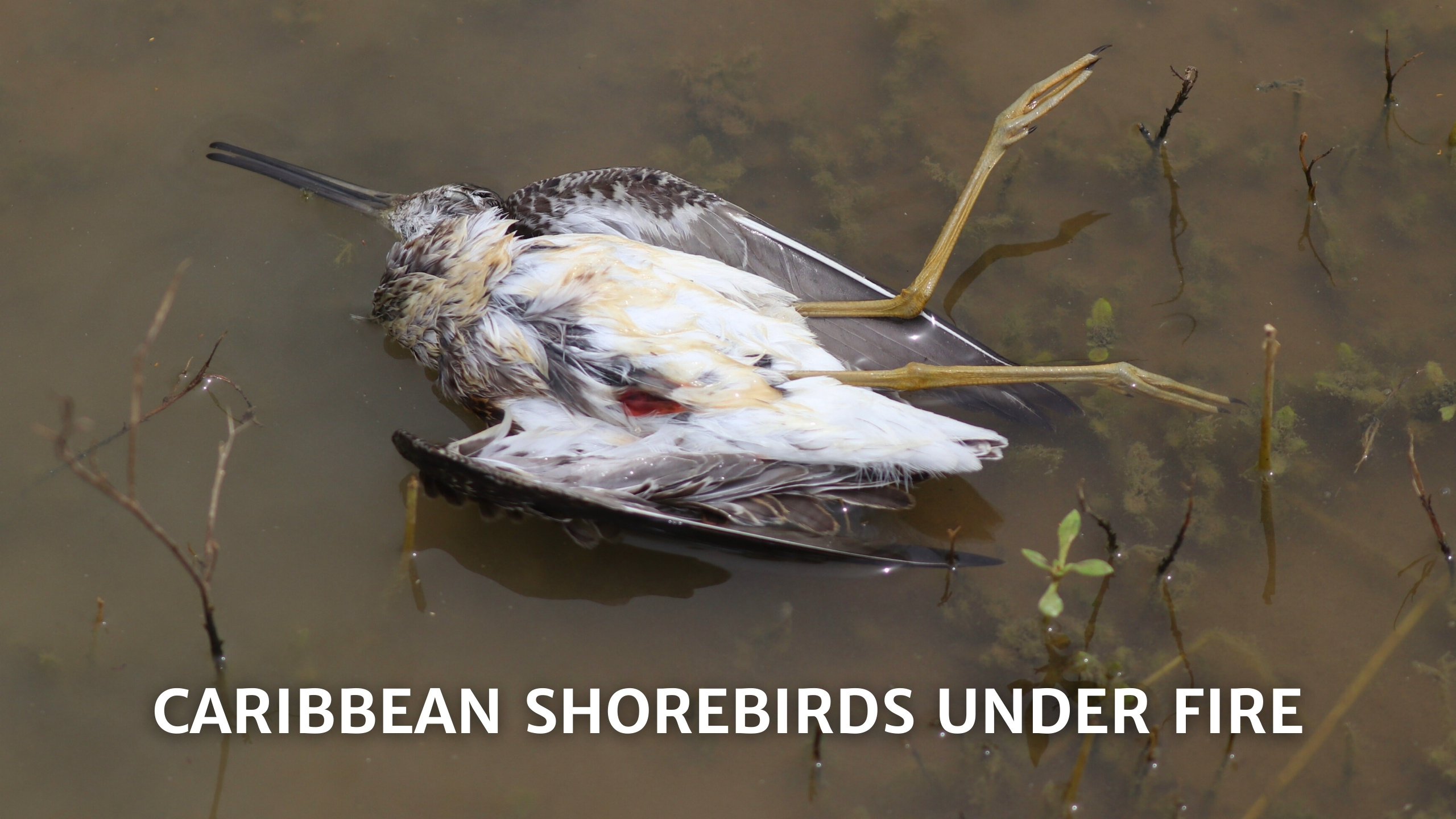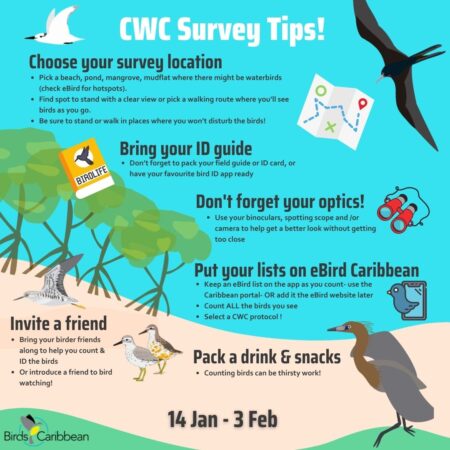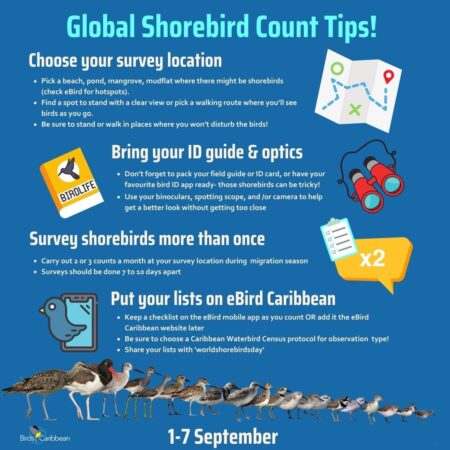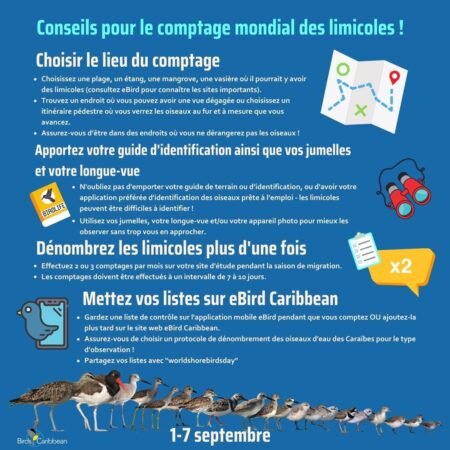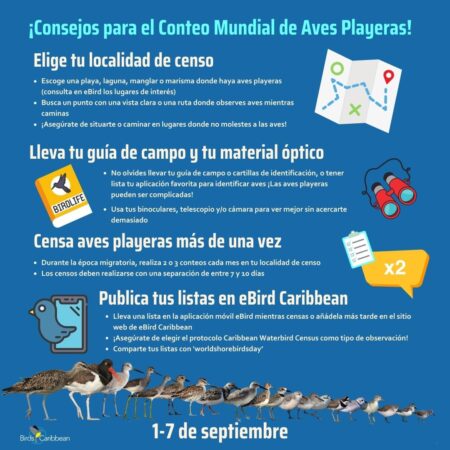Shorebird Resources
Our shorebird resources are here to help you with shorebird identification and surveys as well as outreach and education. All of our resources are free to download and share. Many are available in multiple languages.
Shorebird Identification Resources
Common Shorebirds of the Caribbean Poster (English, Español, & Français)
Do you have access to a large format printer and want to have a hard copy of this beautiful resource? The poster is the perfect addition to wildlife offices, public education spaces, or to have on hand for events like presentations and bird festivals! The full size version prints at just over 5 feet long. The Spanish version includes the common names in Spanish from Cuba, Dominican Republic and Puerto Rico. The poster looks great in miniature too! Large versions of the posters can be downloaded here: French, English and Spanish.
QUICK ID GUIDE to Common Shorebirds of the Caribbean
Need a quick reference for a shorebird you spotted? Or an educational resource for your school or office? Download the pdf of our Quick ID Guide to Common Shorebirds of the Caribbean here. For use in the field, print on cardstock and laminate.
Two page Caribbean Shorebird ID card
We also have available a two-page Common Shorebirds of the Caribbean ID Guide – you can download it here.
All these ID resources work well in the entire Atlantic Flyway, not just the Caribbean islands.
Shorebird and Waterbird ID webinars
We have there Shorebird and Waterbird ID webinars available on BirdsCaribbean’s YouTube channel
A guide to participating in the Caribbean Waterbird Census
Waterbird Identification Part I: Herons, Egrets, Ducks, Marsh Birds, Seabirds
Waterbird Identification Part II: Shorebirds
The content of these webinars is available in Spanish as PowerPoint presentations.
El contenido de estos seminarios web está disponible en español como presentaciones PowerPoint.
Shorebird and waterbird short ID videos
You can find a series of short videos on our YouTube channel, helping you to ID tricky to seperate shorebird and waterbird species. For example Lesser and Greater Yellowlegs:
Check out the whole playlist here.
What to do if you see a banded shorebird
While counting shorebirds you may see birds; especially Piping Plovers, Red Knots, Semipalmated Sandpipers, Semipalmated Plovers, Ruddy Turnstones, and Sanderlings, with colourful bands around their legs. Do your best to record the band colors and any numbers or letters, paying special attention to the location of the band or bands on the bird’s legs. Binoculars or zoom photography may allow you to clearly see the band colors and the numbers engraved onto the band- if you get a photo you will be able to send with along with your sighting. Scientists use this information to track bird populations and migrations. Report your sightings to BandedBirds.org and the USGS Bird Banding Lab which oversee all banding in the United States.
Banded Piping Plovers
There are several different projects banding Piping Plovers and if you see a banded Piping Plover you can report it to the correct person using the information below. This also provides a guide to reading the bands and the information that will be useful to send when you report a banded bird. The tips in this guide are useful for any banded birds you see not just Piping Plovers! You can find out more about reporting banded Piping Plovers from the U.S. Fish and Wildlife Service here. This 1-page guide is available to download as a pdf here. We also have 2-page version with more information for you to use and share here. And a square infographic that you could share on social media here.
Outreach and Education Resources
Shorebird Short Videos
We have four short videos that highlight the beauty and diversity of shorebirds in the Caribbean, the importance of the region for migratory shorebirds and some of the threats shorebird populations face. These available to view on YouTube (click on the images below to open each video in English)
All four videos are also available in French and Spanish, you can view the full playlist with all videos in all languages on our YouTube channel here. Other short videos with shorebird ID tips are also available.
“Color and Protect the Snowy plover” Educational Coloring Book (English & Español)
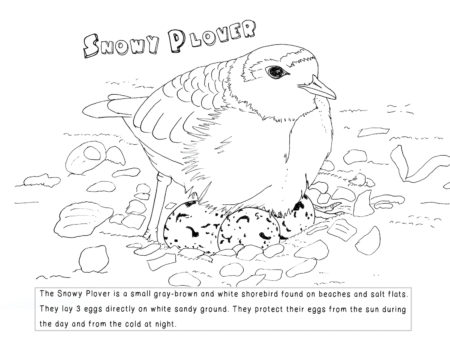 This is a perfect activity to engage children while teaching them about wildlife and common threats to shorebirds. Print this 9 page coloring book and share the joy and challenges of a young Snowy Plover chick! We anticipate having a French version available soon. Enjoy the coloring book story and illustrations with your kids and download pages or the whole book for your child to color in. Learn more about Snowy Plovers here.
This is a perfect activity to engage children while teaching them about wildlife and common threats to shorebirds. Print this 9 page coloring book and share the joy and challenges of a young Snowy Plover chick! We anticipate having a French version available soon. Enjoy the coloring book story and illustrations with your kids and download pages or the whole book for your child to color in. Learn more about Snowy Plovers here.
Snowy Plover Coloring Book in English
Snowy Plover Coloring Book in Spanish
“Sami the Snowy Plover: Stories of Survival” – Graphic Novel (English & Español)
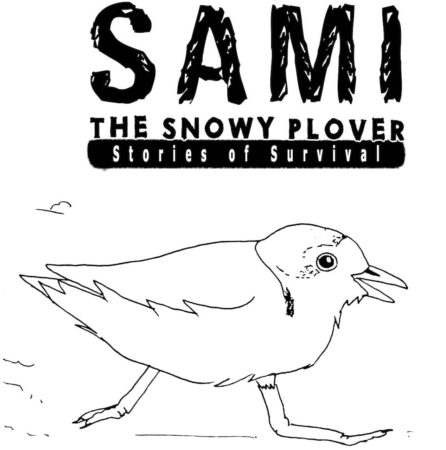 This graphic novel, focuses on the vulnerability of these charming little shorebirds, which overwinter and nest on sandy beaches and salt flats on some islands throughout the Caribbean. You can leaf through and download this beautifully illustrated book online in English or Spanish.
This graphic novel, focuses on the vulnerability of these charming little shorebirds, which overwinter and nest on sandy beaches and salt flats on some islands throughout the Caribbean. You can leaf through and download this beautifully illustrated book online in English or Spanish.
Josmar E. Márquez, the author and illustrator of the book, is passionate about these fragile shorebirds, whose IUCN status is Near Threatened.
Fun activities to engage kids in exploring wetlands and beaches
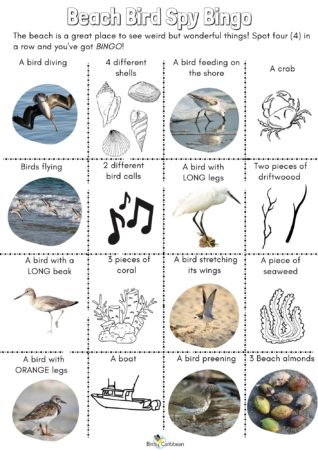 These activities were not designed to teach a child how to name and identify shorebirds, but rather to give them space to explore and feel connected to their natural environment. Parents and guardians, you will not need to worry about your own knowledge of birds or plants. All you need to do is accompany and participate with your child in these activities. Beach Scavenger Hunt. This activity is suitable for children ages 4 to 7 years old. They are asked to find plants and animals at the beach. Beach Bird Bingo. This activity is suitable for children ages 8 to 12 years old. They are asked to find items on the list four in a row, horizontally, vertically or diagonally. They do not need to touch or collect any of the items on the list. Talk about this with your children before beginning any of the activities. They should not touch or collect items on the lists. When observing birds they should speak softly. They do not need to get close to the birds but if they need to, ask them to do so slowly and quietly. You can check off the items (with a pencil or pen), as they are located. When everyone has had a chance to look for the items listed, come back together to chat about what they were able to find or see.
These activities were not designed to teach a child how to name and identify shorebirds, but rather to give them space to explore and feel connected to their natural environment. Parents and guardians, you will not need to worry about your own knowledge of birds or plants. All you need to do is accompany and participate with your child in these activities. Beach Scavenger Hunt. This activity is suitable for children ages 4 to 7 years old. They are asked to find plants and animals at the beach. Beach Bird Bingo. This activity is suitable for children ages 8 to 12 years old. They are asked to find items on the list four in a row, horizontally, vertically or diagonally. They do not need to touch or collect any of the items on the list. Talk about this with your children before beginning any of the activities. They should not touch or collect items on the lists. When observing birds they should speak softly. They do not need to get close to the birds but if they need to, ask them to do so slowly and quietly. You can check off the items (with a pencil or pen), as they are located. When everyone has had a chance to look for the items listed, come back together to chat about what they were able to find or see.
Infographics
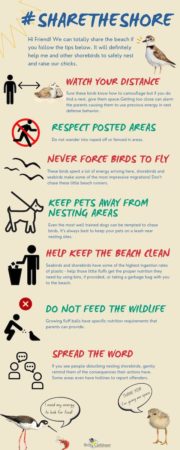 Tips for Sharing the Shore with Shorebirds: an infographic that you can use to encourage others to #ShareTheShore. These are some easy tips for sharing the shore with the shorebirds that breed in the Caribbean and making visits to beaches and wetlands by people less stressful for the birds! This infographic is available in English:
Tips for Sharing the Shore with Shorebirds: an infographic that you can use to encourage others to #ShareTheShore. These are some easy tips for sharing the shore with the shorebirds that breed in the Caribbean and making visits to beaches and wetlands by people less stressful for the birds! This infographic is available in English:
Tips for Shorebird and Waterbird surveys: If you do not already have a favorite place to look at shorebirds and waterbirds, before doing your surveys, you might need to choose your birding spot. Shorebirds can show up in many different types of wetlands from mangroves, to mudflats, saltponds, marshes, and beaches! If you are unsure where to find shorebirds near you why not take a look for ‘hotspots’ at your local wetlands on eBird. Just click on ‘Explore’ on the eBird Caribbean website, and find ‘Explore Hotspots’. You can open hotspots in a map and then click on a hotspot to see what type of birds have been seen there recently. When you visit your shorebird spot be sure to find a good place to count birds from – you need to have a clear view of the birds, but not be so close you disturb them!
After years of participating in the Global Shorebird Count and co-ordinating the Caribbean Waterbird Census we have created a list of some best practice tips to help make your count go as smoothly as possible. You may download and share this infographic with your fellow birders. (Click each image open (right click and “Save image as…” to use images).
World Migratory Bird Day
As part of the Fall World Migratory Bird Day celebrations BirdsCaribbean has posted a series of “Birds Connect Our World” blogs featuring a migratory bird of the day. Each of these posts contacts facts about the bird, jigsaw puzzles, videos and fun activities for kids and adults. Several featured birds have been shorebirds, you can find links to each shorebird featured so far by clicking on the images below
